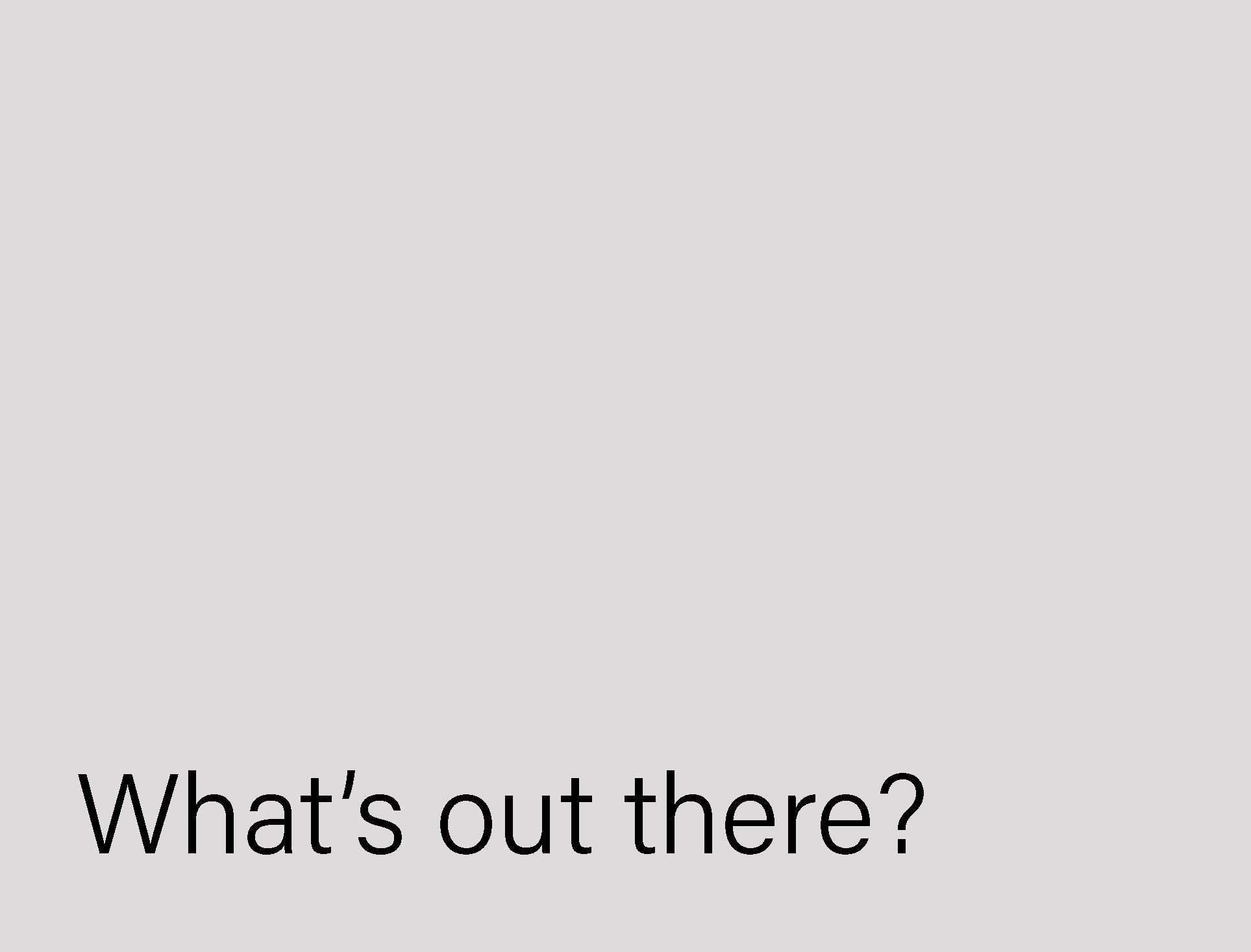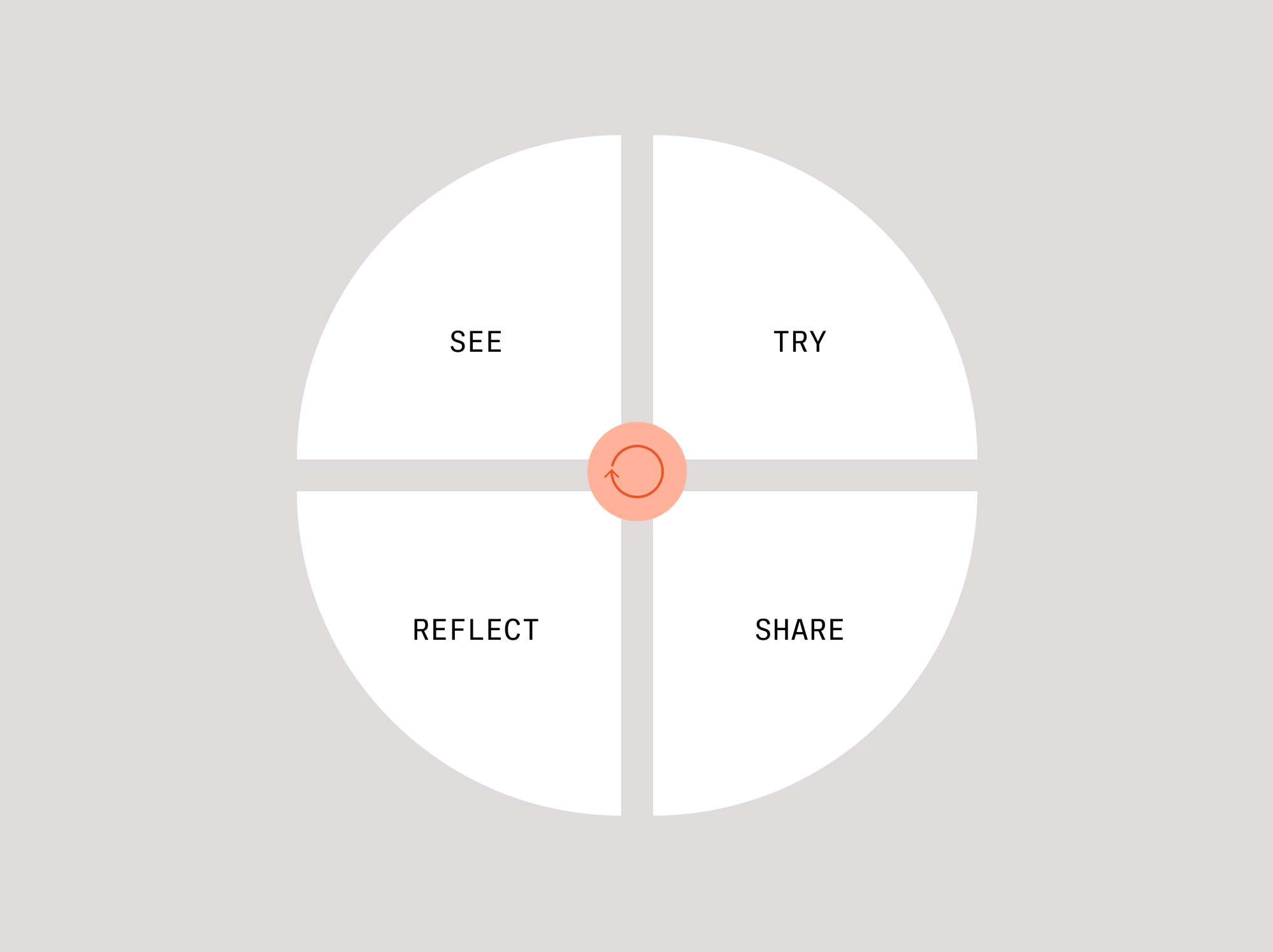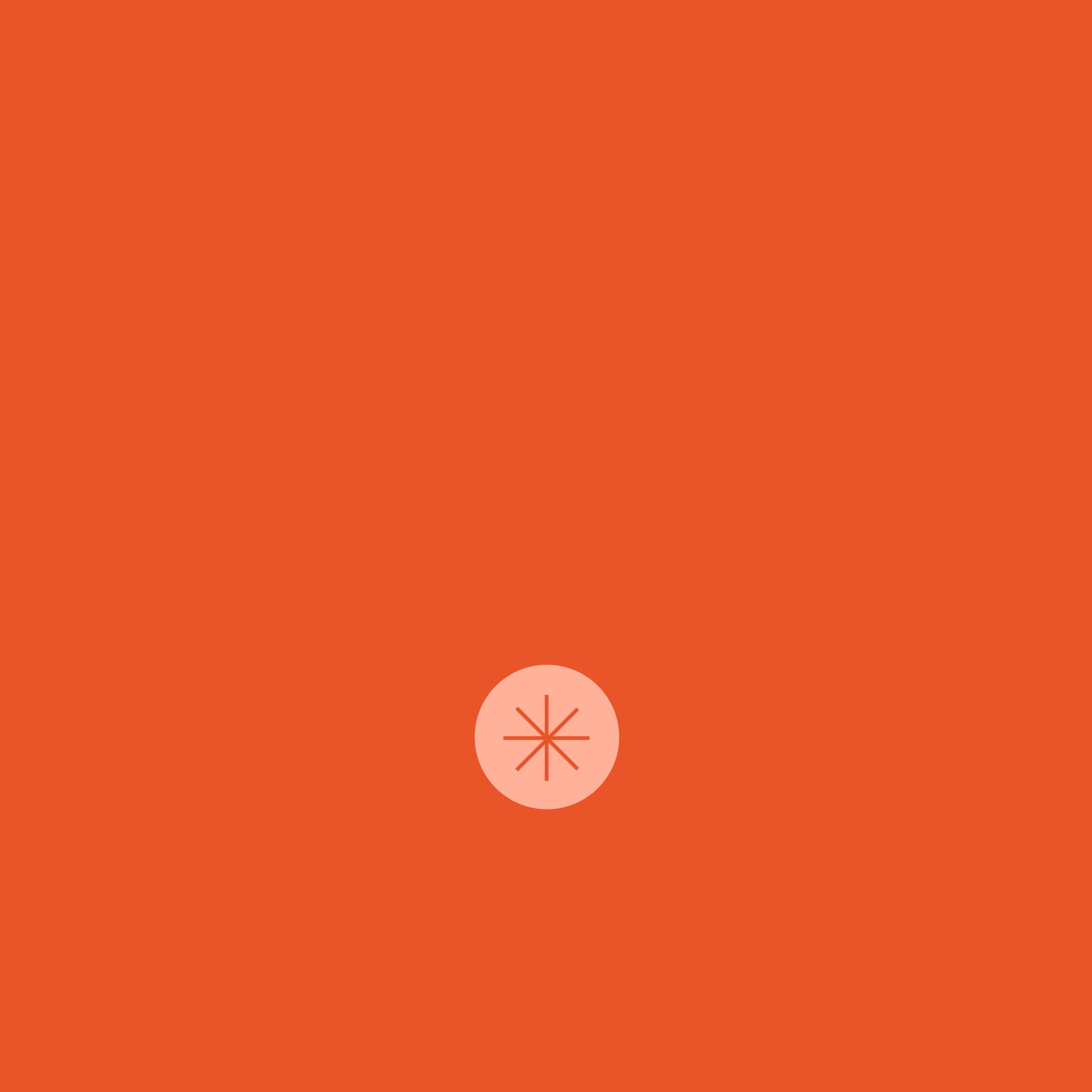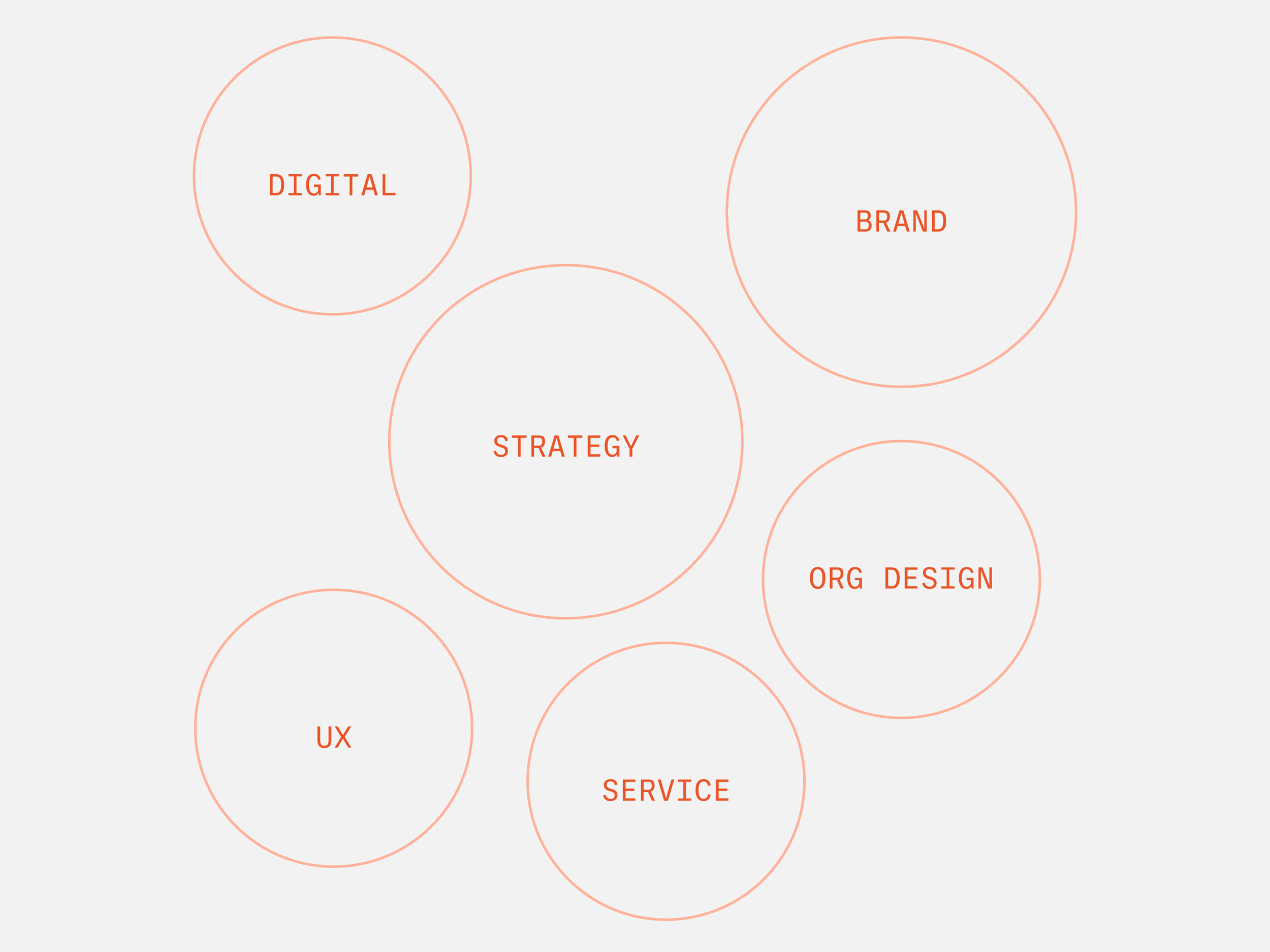Wove Graduate Programme
(Re)designing the Graduate Experience
What if we created a positive learning experience for hybrid design graduates? A programme where they could get hands-on industry experience, find their spark and reach their goals? That’s just what wove did.
Designed at wove
The Problem
Design studios have not evolved to work with graduates. Graduates need more support with the transition to industry.
01 Internal Problems
The way wove traditionally approached design internships wasn't working — for the business or the graduate. There was no structure to the internship and now with working remotely it was evident we needed a new model.
02 Systemic Factors
I found from my personal experience, multidisciplinary design graduates need support with making the transition from education to industry, especially when they don't know where they fit within the design world. In many design courses, you gather lots of skills but you don’t learn many industry basics, such as communicating with clients.
wove recognised that we could create change, so we did. As the person closest to the problem, I was assigned as design lead. The sprint commenced with the aim to create a wove graduate programme, of some sort.



01 Desk research
Why? To research into opportunities for multidisciplinary design graduates in Ireland and further afield
The landscape was pretty bleak. I didn't find any clear pathways for multidisciplinary designers in Ireland. Studio internships, in general, are set up poorly and rarely meet the needs of the studio or graduate. However, internationally the picture was more hopeful with studios like Space10 and initiatives like WGI providing positive learning models.


02 Interviews
Why? To talk to the wove team, other recent graduates and design students to get a holistic understanding of the problem
It was helpful to do some reflective auto-ethnography, however, this wasn't enough. So I chatted to the wove team, other recent graduates and design students to gather more perspectives.
It was interesting to find that many of wove’s and the graduates' needs and motivations aligned. Everyone needed a shared and flexible plan for the programme. Everyone was motivated by engagement and learning. Additionally, the studio was motivated to create a safe place for learning and to nurture talent. The graduates talked about the need for some responsibility and hands-on experience, which matched up with the studio requirement for jobs to be completed.
03 Journey mapping
Why? To unravel the current and 'could be' graduate experiences
I mapped the findings from the interviews onto a journey map to better understand why the way we do internships doesn't work. This map included the unmet needs and motivations of the stakeholders.
After considering a studio-graduate value loop, I generated many "how might we" questions. I developed and plotted ideas on the "See, Do, Share, Reflect" learning model, which I discovered during desk research. This led me to create the could-be experience, in the form of a programme roadmap, which was made up of actions that tackled the unmet needs and motivations.

04 The Roadmap
Why? To map activity, set expectations and create a shared understanding of the programme
The roadmap outlined the 3-month experience to set expectations and acted as a tool to keep everyone on track. Actions developed included 3 'Focus Weeks' to support the graduate in exploring different design disciplines, such as strategy, UX and brand. During these weeks, the graduate would chat with the team about the topic, undertake relevant tasks and shadow Design Leeds. Along with an induction week, mentoring, leading a personal project and writing Week Notes, the roadmap was jam-packed with activity and learning opportunities.



05 Launch + Share
Why? To find our graduate(!) and to inspire the industry to relook at 'internships'
Once the roadmap was refined, I created a graphic visual language to communicate our new graduate programme. It was simple so that the focus was on why the programme exists and how it works.
The content strategy was based on questions that arose during interviews with students and decisions made for the programme. I found that we needed to communicate many layers of content — from who wove are and what we do to what this is and what it's not.
Meet them where they are! I found during the research phase that most design graduates look for design opportunities on Instagram, so that is where the programme took shape and was initially shared. Additionally, we talked to lecturers, career offices and used LinkedIn to get the word out. I also wrote a Medium article to explain our thinking so that people could get a deeper understanding of how the programme came about.
And then, the applications came flooding in!
Activate!
Unlike a lot of jobs in the studio, the project didn't stop there. After the challenging shortlisting and a round of interviews, we found our graduate. An excellent candidate, who was eager to learn and contribute and who had the design approach we were after. As our beta graduate, Éadaoin took Week Notes on what was going well and not so well, so that we could refine the experience for future graduates. Overall, Éadaoin had a positive learning experience that bridged the gap between education and industry, you can read about how Éadaoin got on here.
Details —
Designed with wove
Date: September 2021
Lead: Fiona Ennis
Team: wove team
Motion — Shaun Phelan